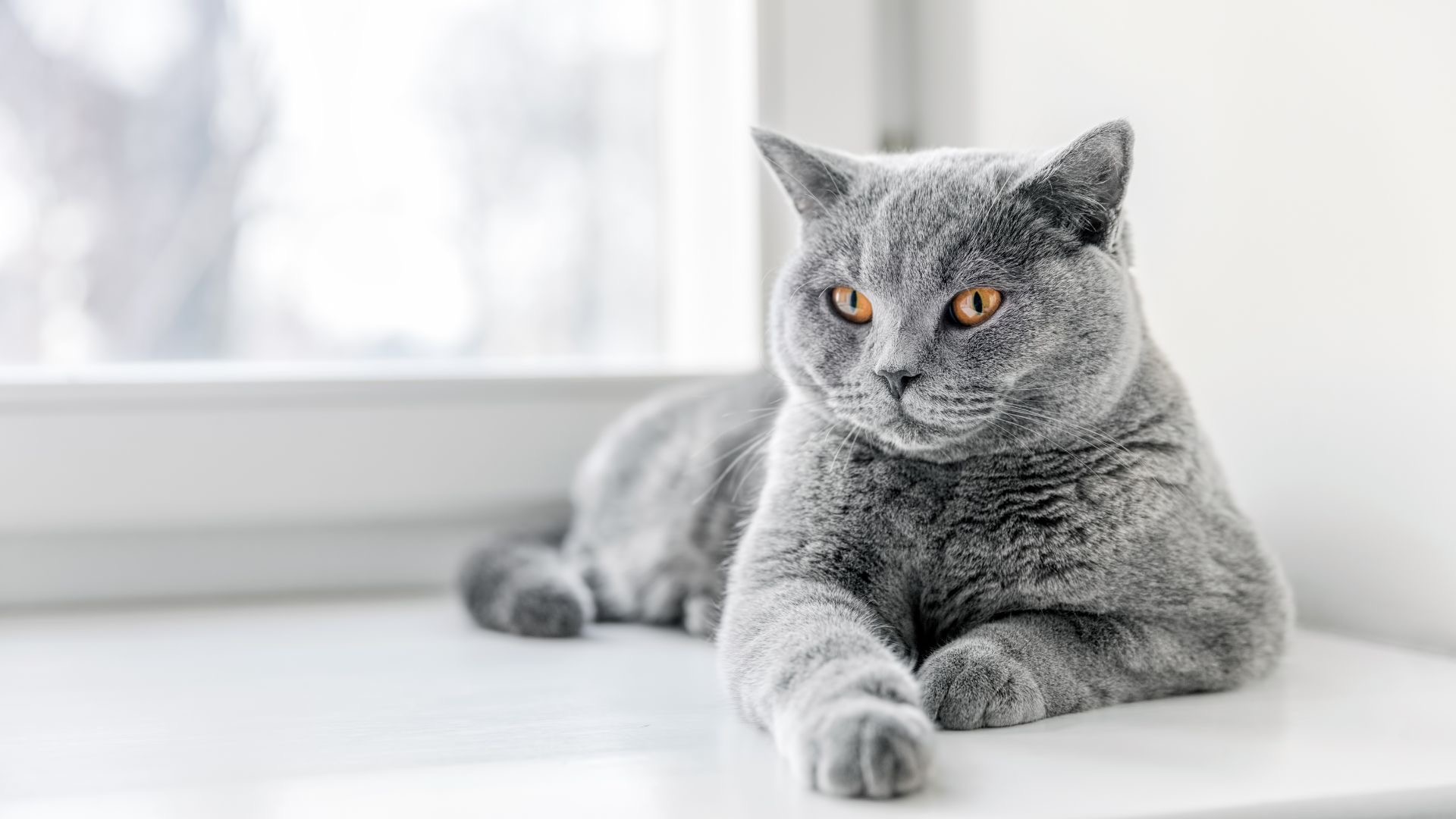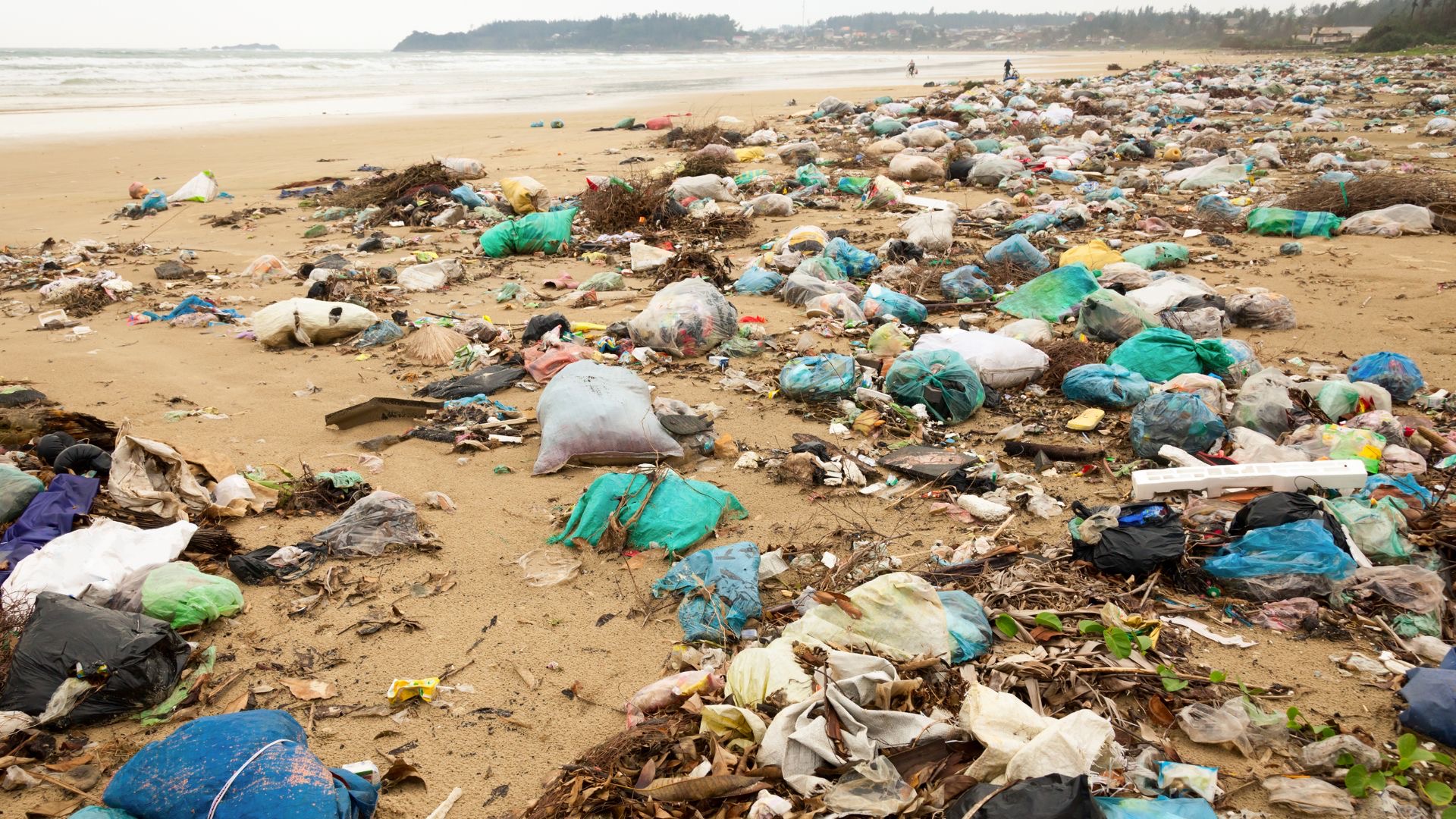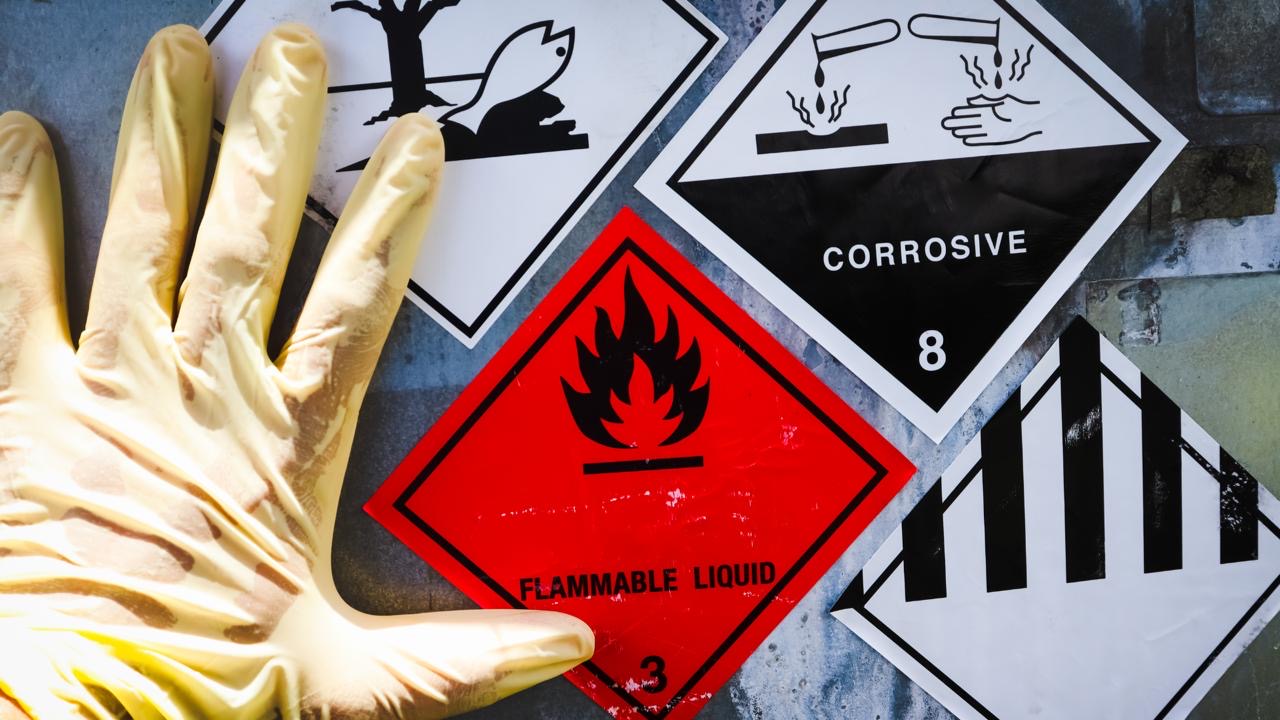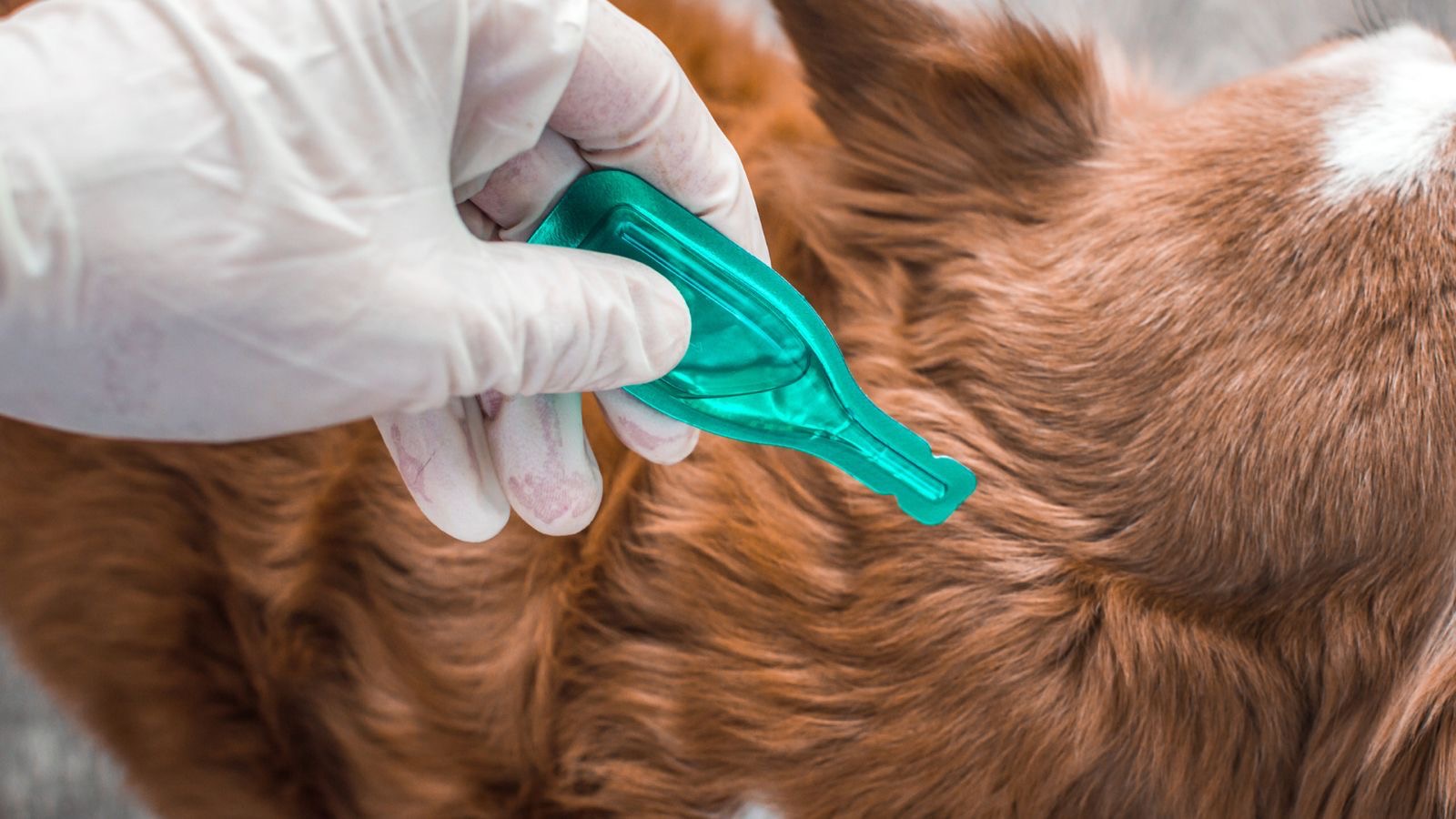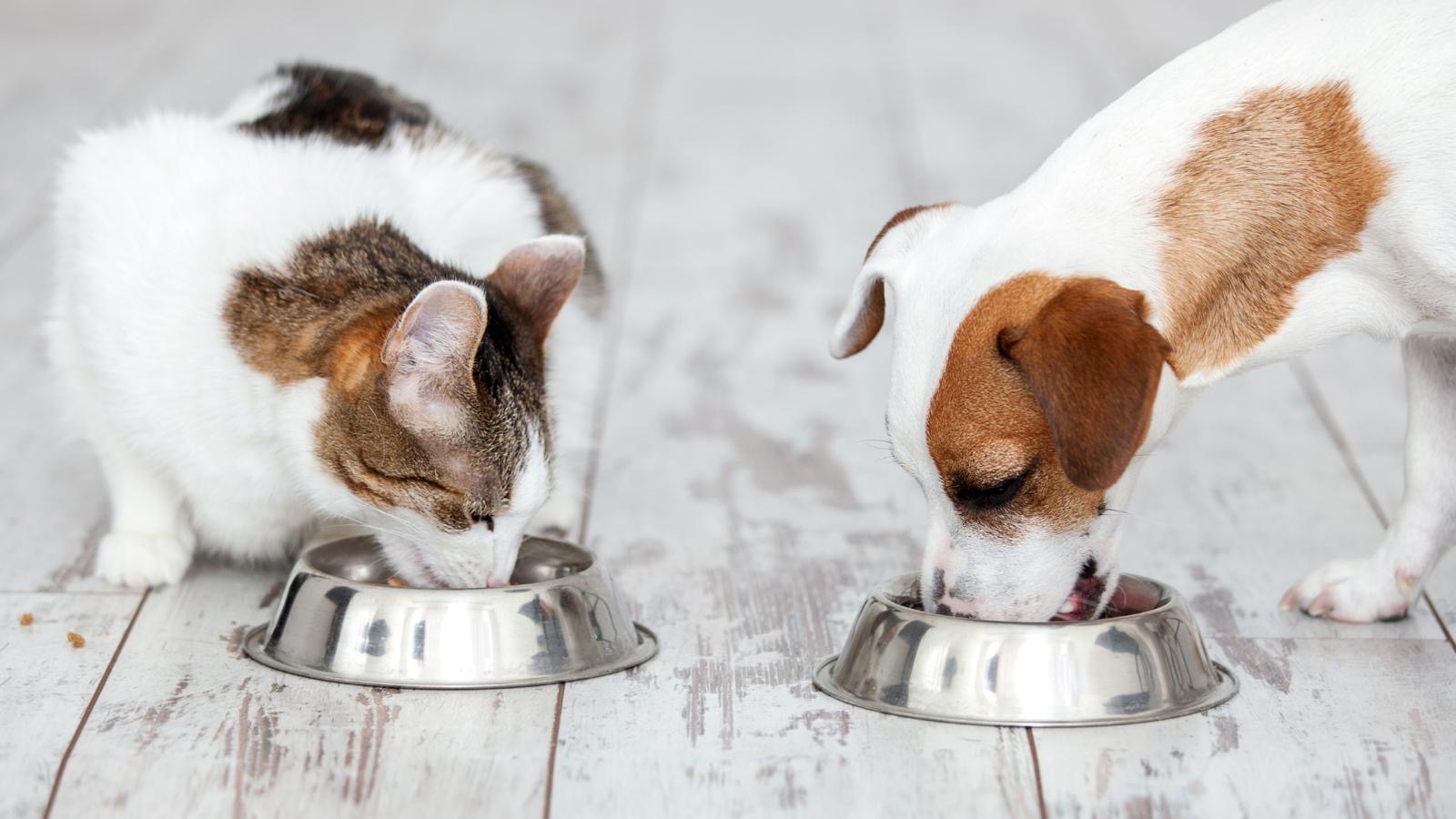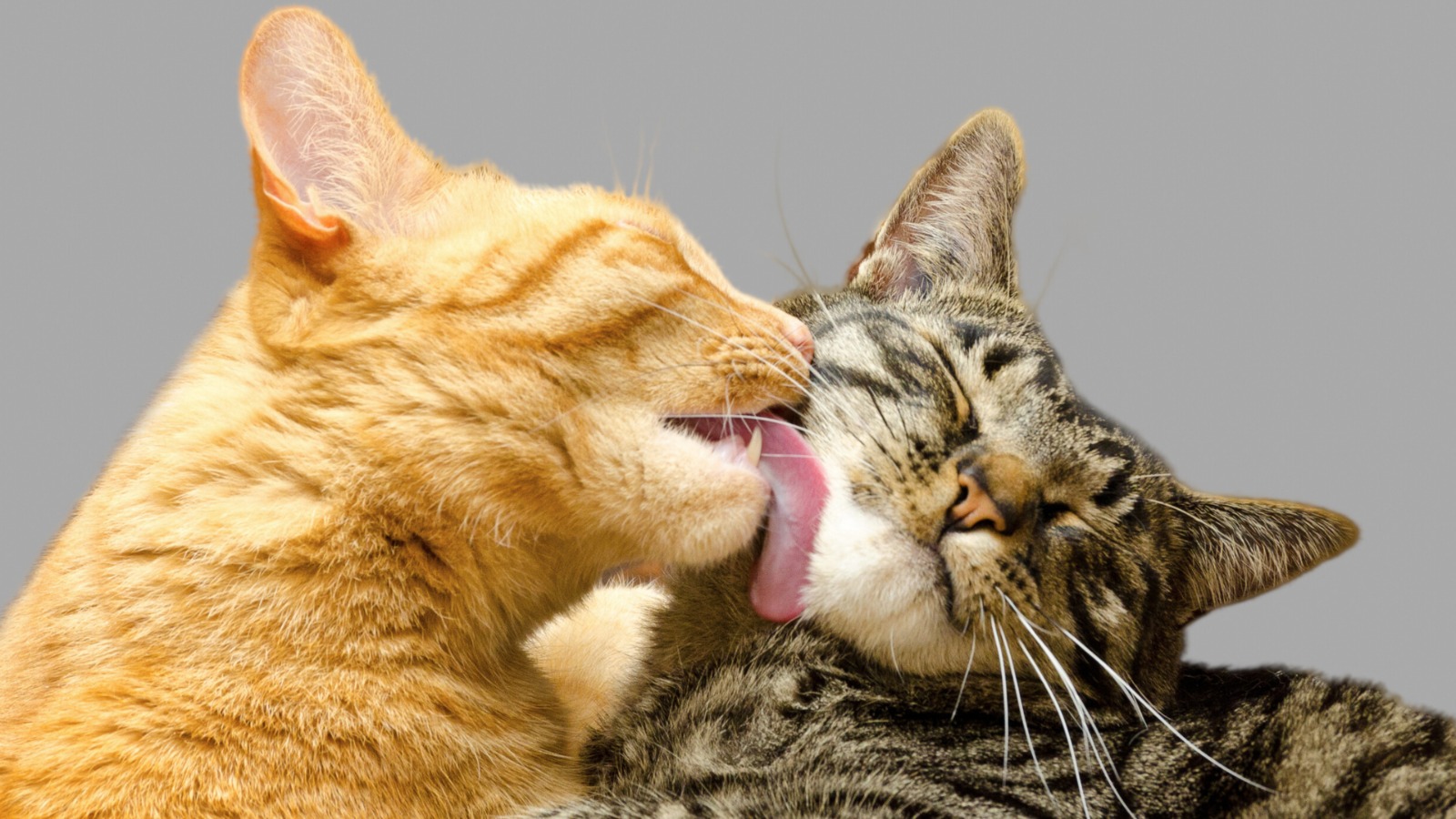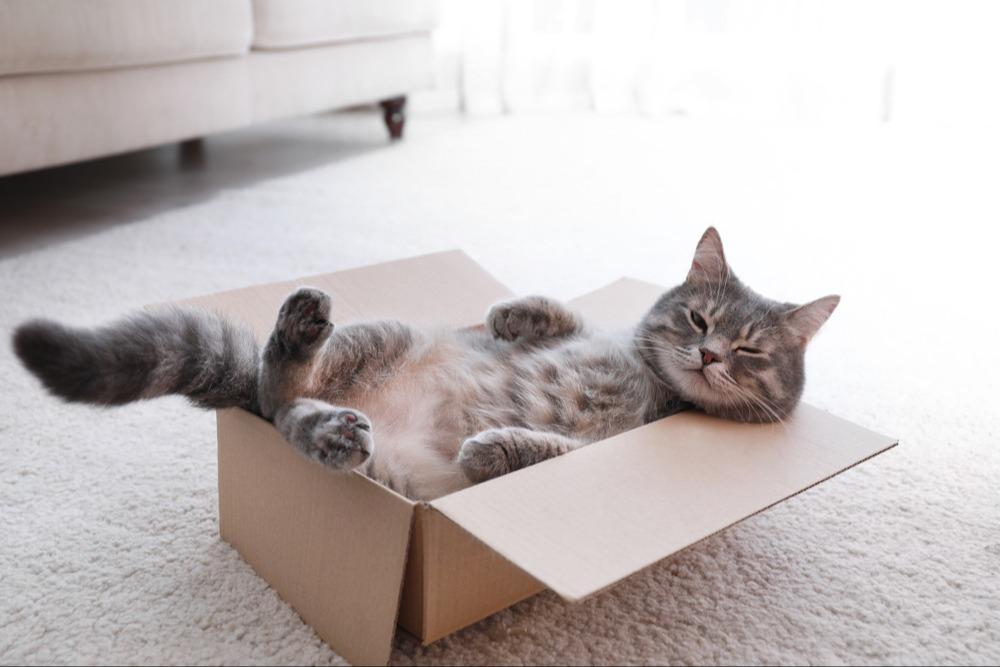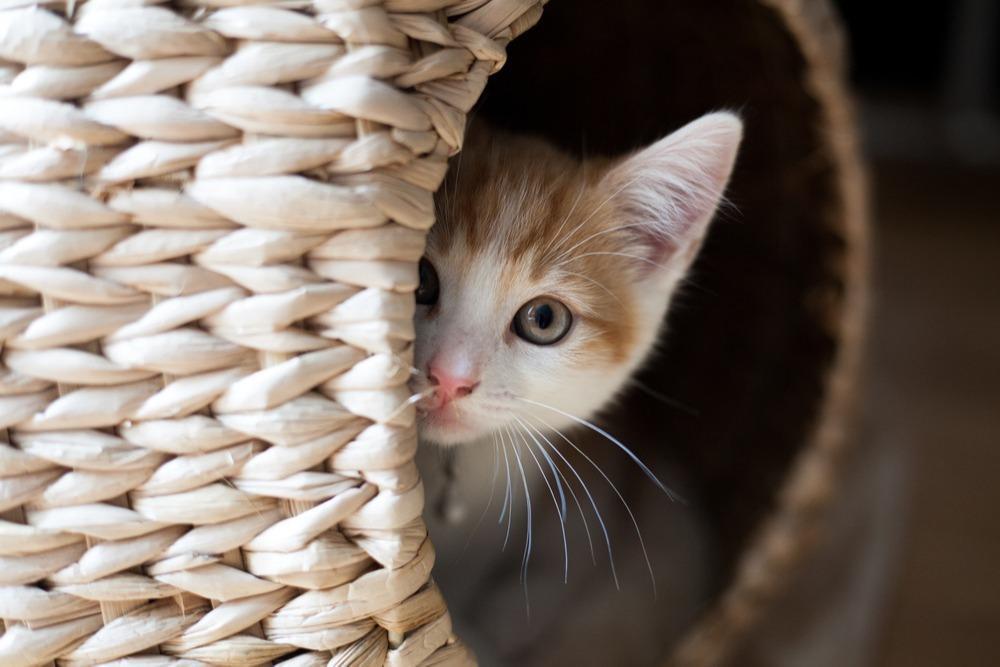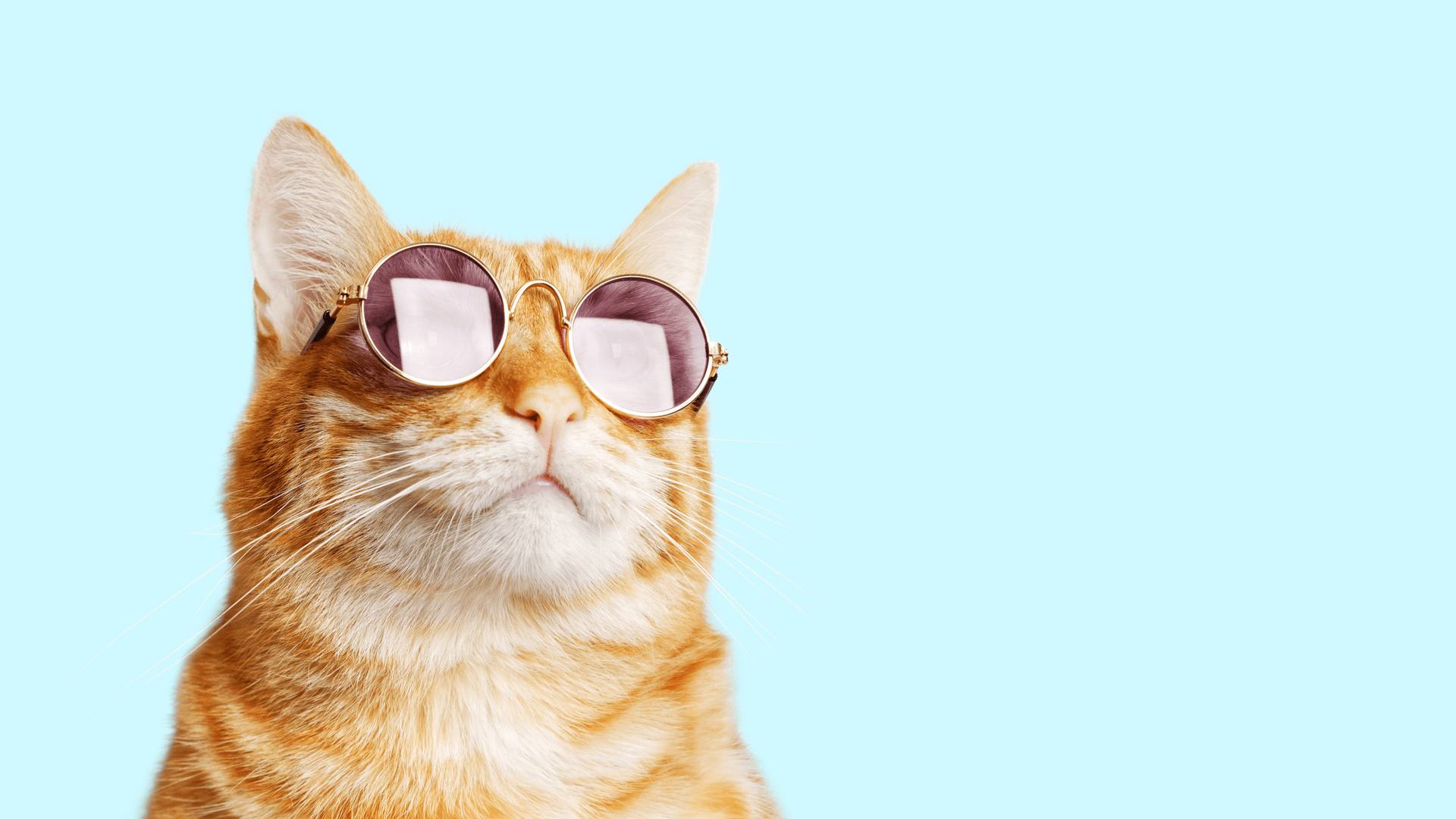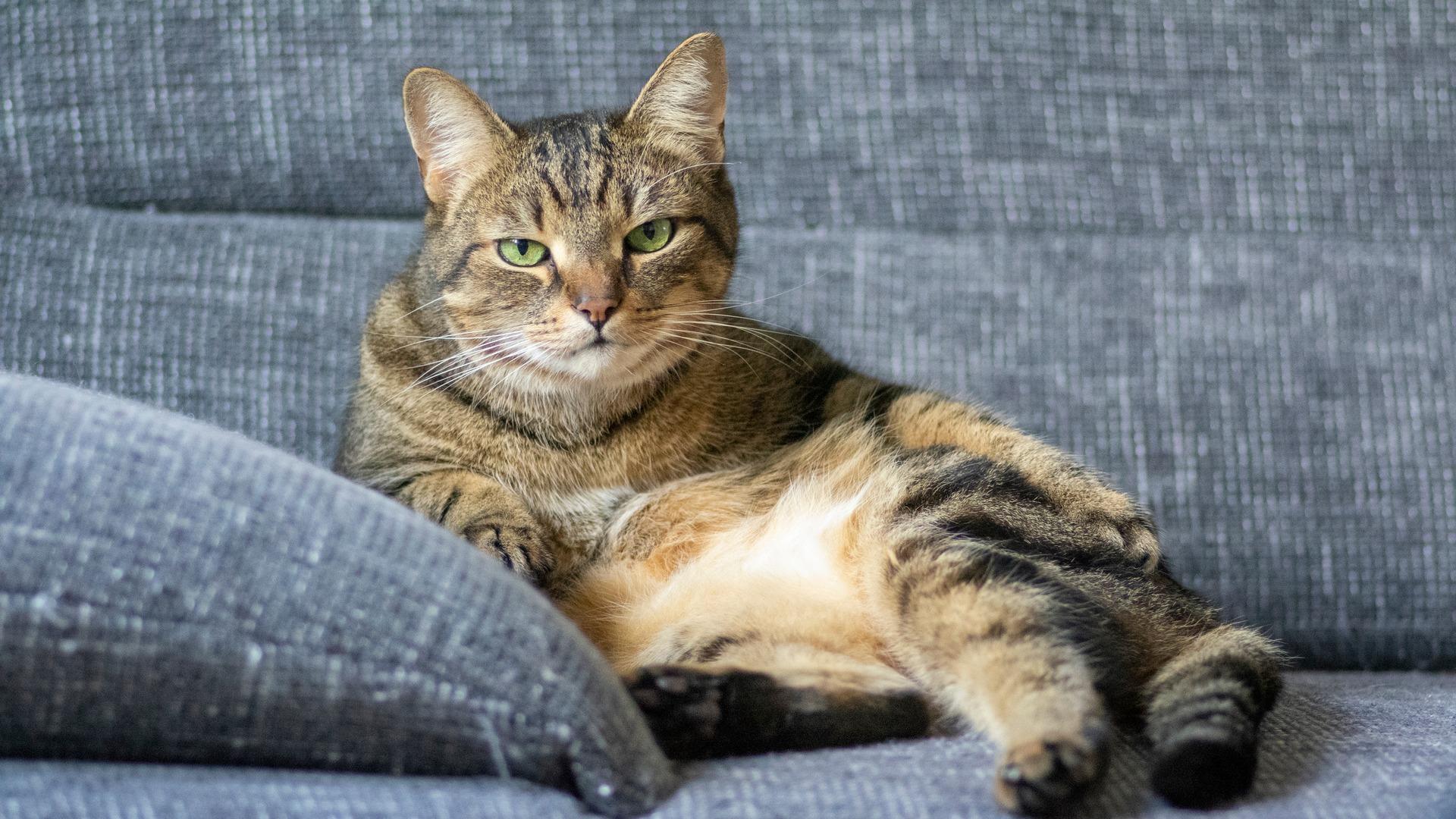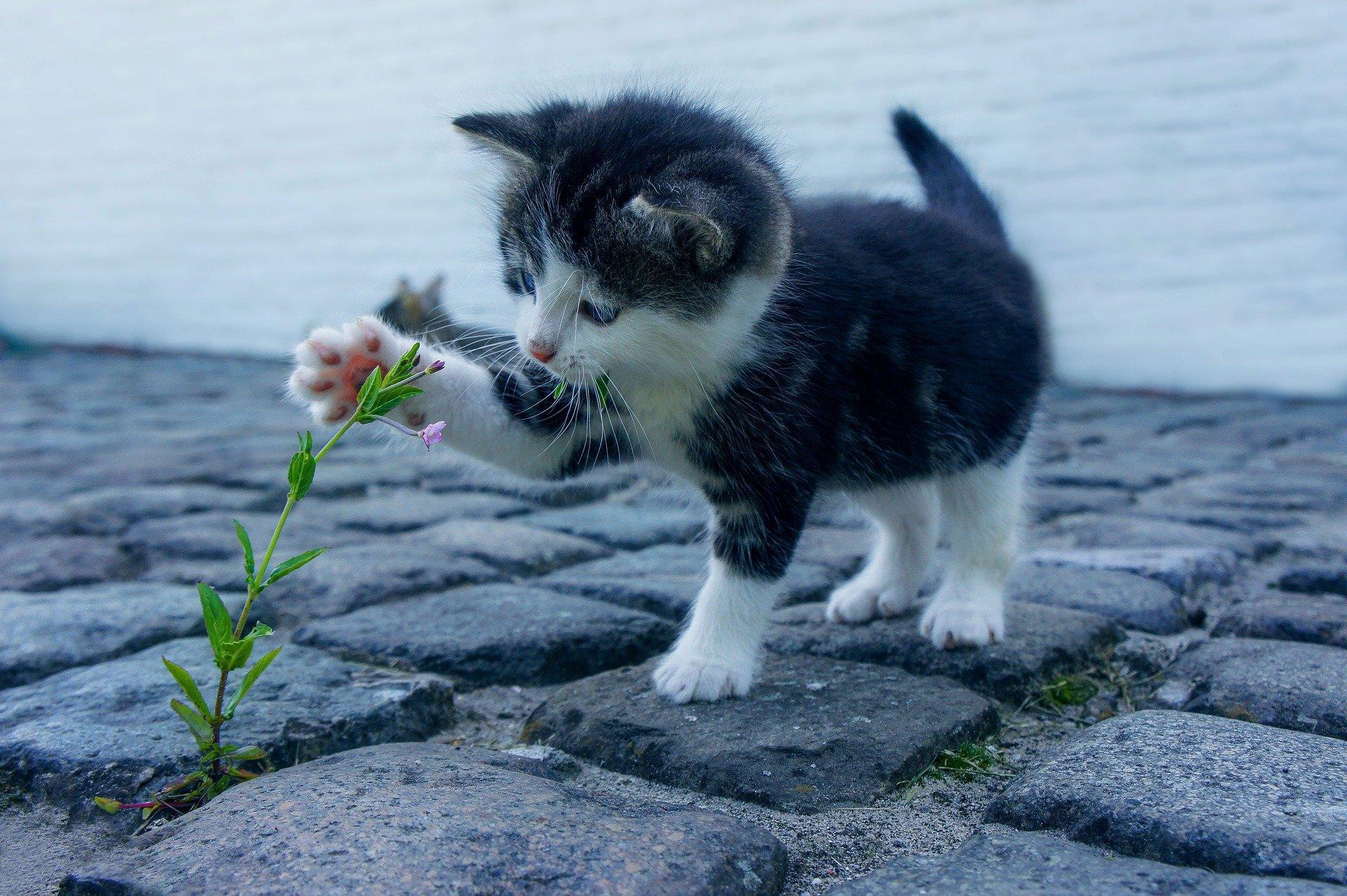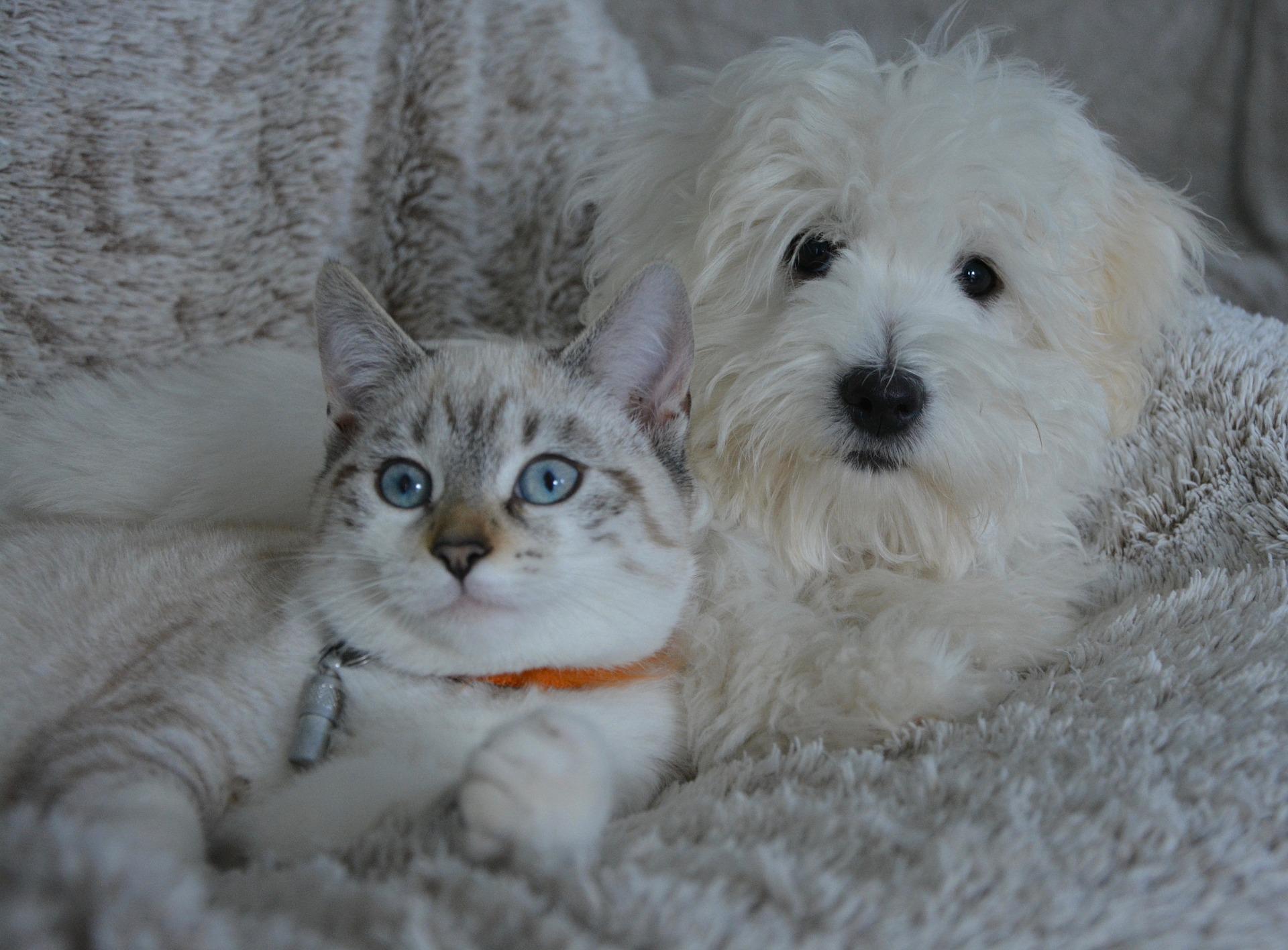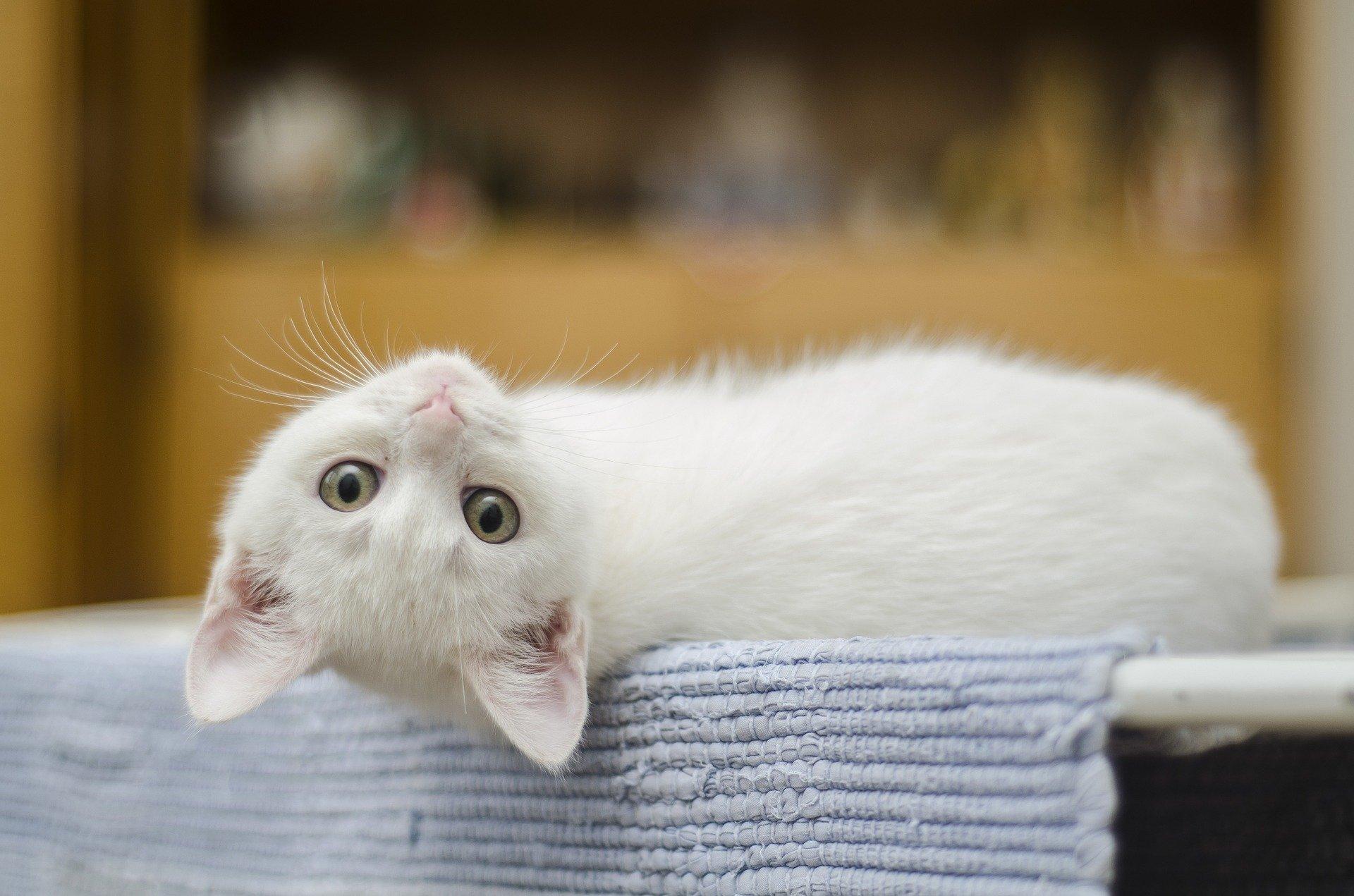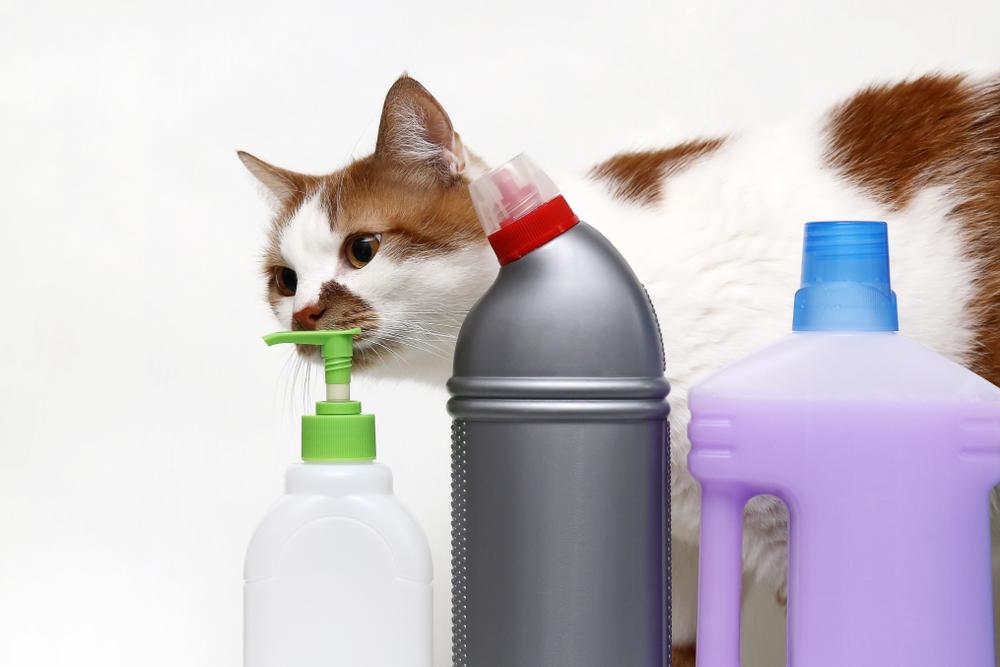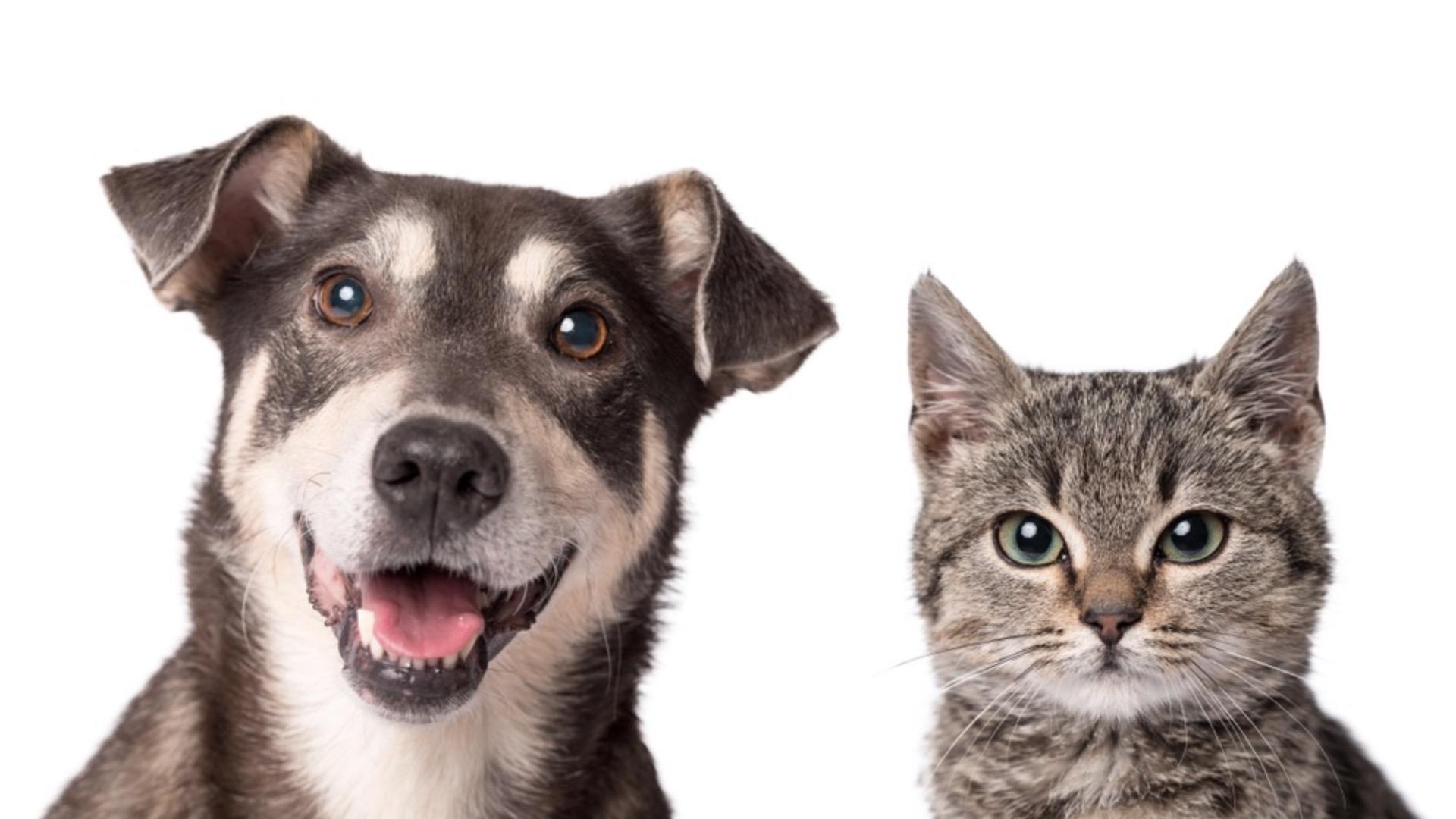Whilst we share a lot of information about dogs here at My Pet Nutritionist, we also support many cats and their owners on their health journey. It is often easy to miss health concerns with our feline friends because if they are outdoor cats, we don’t witness their toileting habits, or if they are sick.
So, let’s start with what we can see; what goes in their bowl. Grab a cuppa, we are going to look at the nutritional needs of cats, and why they aren’t just small dogs.
What do cats need
No matter where you look, the jury is in – cats evolved as hunters that consume prey containing high amounts of protein, moderate amounts of fat, and minimal amounts of carbohydrates.
Protein
Proteins are the building blocks of the body. The word protein comes from the Greek word proteios which means of prime importance. And they really are.
Proteins have numerous functions,they are the major structural components of hair, skin, nails, tendons,ligaments and cartilage. They are also involved in a number of physiological and chemical processes in the body like cell signalling, muscle contraction, oxygen and nutrient transport, and many reactions including enzyme and energy production.
Amino acids are the basic units of proteins and are held together by peptide linkages to form long protein chains. Dietary amino acids are absorbed in the gastrointestinal tract, following disruption of the peptide bonds. They are then transported to the liver. The liver changes amino acids so they can be used by the rest of the body. They then enter general circulation.
Although hundreds of amino acids exist in nature, there are some which are commonly found as protein components. They are classified as either essential or non-essential.
Essential amino acids cannot be synthesised by the body so must be supplied by the diet. Non-essential amino acids, whilst still critical to bodily processes, can be synthesised within the body (when it is healthy).
Deficiencies in single essential amino acids can lead to serious health problems. The one you are likely all familiar with for cats, is taurine.
Cats and humans are among the few mammals whose bodies do not make taurine, and therefore must obtain it from their diet. In humans, taurine deficiency is rare because taurine is common in meat and fish food products.
In the 1970’s, Quinton R. Rogers of UC Davis showed that a taurine deficiency could cause degeneration of the retina in cat’s eyes. Kittens born to taurine deficient mothers are often blind and show many abnormalities such as impaired gait. For this reason, in the 1980’s new cat feeding guidelines were introduced, stating a minimum level for taurine in cat food.
But, in later years it was also found that taurine plays a role in regulating calcium entry into heart tissue every time it beats. Researchers soon noticed that cats presenting with dilated cardiomyopathy also had low levels of taurine. When taurine was supplemented in the diet,the cats recovered.
Findings Here.
But there is another deficiency that gets attention in cats too and that is in the amino acid arginine. This amino acid is critical to the removal of ammonia from the body through urine. Without sufficient arginine, cats may suffer from a toxic build up of ammonia in the blood stream.
The urea cycle is not down regulated during periods of fasting in cats, or even when consuming low protein diets – so their dietary requirement always remains high.
In cases of chronic kidney disease, arginine production is also compromised; sadly chronic kidney disease is increasing in our feline friends.If you’d like to learn more about kidney disease in cats, then check out our blog:
Here
Of interest is a case study of a young cat, he acquired urea cycle amino acid deficiency through inflammatory bowel disease and chronic kidney disease.
Case Study
It’s clear that cats need protein, and the key amino acids required are found in meat products – fish too!
Cats Need Fat Too!
Dietary fat is a group of compounds (substances made up of two or more elements) known as lipids. They are insoluble in water(hydrophobic). The easiest way to understand this is noticing that you can’t wash fat off your hands without the help of soap.
Fatty acids can be saturated, monounsaturated, or polyunsaturated. The difference is in their structure.
Fatty acids are used throughout the body for a range of functions, primarily energy, but if they are not needed, they can be stored in adipose tissue. Here, they are an energy source for a later stage. They also serve as insulation, protecting the body from heat loss and also from injury or trauma to vital organs.
Certain proteins known as lipoproteins provide for the transport of fats throughout the body, and cholesterol (a type of lipid) is used to form the bile salts necessary for fat digestion and absorption. It is also a precursor for steroid hormones which help control metabolism, salt and water balance, inflammation, and immune function. Along with other lipids, cholesterol forms a protective layer in the skin, which prevents excessive water loss.
The body can synthesise some of the fatty acids it needs, but there are some it cannot, and these are known as essential fatty acids.
There are two essential fatty acids in dogs, and three in cats.
- Linoleic Acid
- Linolenic Acid
- Arachidonic acid is an essential fatty acid for the cat.
These are the precursors to two families of polyunsaturated fatty acids (PUFAs) known as omega-3 and omega-6.
Cats fed essential fatty acid deficient diets develop:
- Fatty degeneration of the liver.
- Mineralisation of the adrenal glands
- Skin lesions
- Inadequate visual function.
It is therefore concluded thatthe inclusion of essential fatty acids in the cat contributes to:
- Membrane maintenance,
- Reproductive health,
- Growth,
- Lipid transport,
- Normal skin and coat condition,
- Maintenance of skin barrier,
- Blood platelet aggregation.
Fish oil is often supplemented for cats – but many meat and poultry products contain necessary levels of fatty acids.
Carbohydrates
The cat has seemingly evolved as a strict or obligate carnivore. As such,the consensus is that there is no current nutritional basis for energy to be supplied by carbohydrates; providing other nutrients are being supplied. There is also evidence that there is limited amylase activity in the pancreas and small intestine (even compared to dogs),which may explain why some cats will not tolerate high starch diets.
The fact that cats are also defined as hypercarnivores (small carnivorous mammal with a proportionally large brain)indicates they have a high brain glucose demand. This high demand simply could not be met by carbohydrates present in a natural prey diet; and so, cats therefore have a higher rate of gluconeogenesis (the production of glucose from non-carbohydrate sources).
It is considered that due to the limited intestinal enzyme capacity, consumption of excessive amounts of digestible carbohydrates will not lead to glucose absorption, but rather a substrate for increased microbial fermentation, causing gastrointestinal adverse effects.
In similar tests to dogs, cats are also able to target their nutrient intake. When given the choice, they will specifically aim for a high intake of protein. In times of low protein, they will opt for an increased fat intake to achieve balance. When carbohydrate intake was high, this subsequently limited further intake of other nutrients and resulted in deficits – for that reason, a carbohydrate ceiling is proposed for the cat.
Findings Here
Summary
We’ve only scratched the surface with the macronutrient needs of the cat – micronutrients are a blog all of their own.
The cat has evolved as an obligate carnivore and to that end has a dietary requirement for protein and fat. There is no current minimal dietary carbohydrate requirement.
We would always advocate a wholefood,fresh diet to avoid the potential of amino and fatty acid deficiencies in the cat. Due to their metabolic differences, we can’t simply look at cats as small dogs – their evolution and dietary habits have led to specific and unique nutritional requirements.
If you would like any support with your cat’s diet or nutritional requirements, then please check out our services.
Thanks for reading,
MPN Team x

